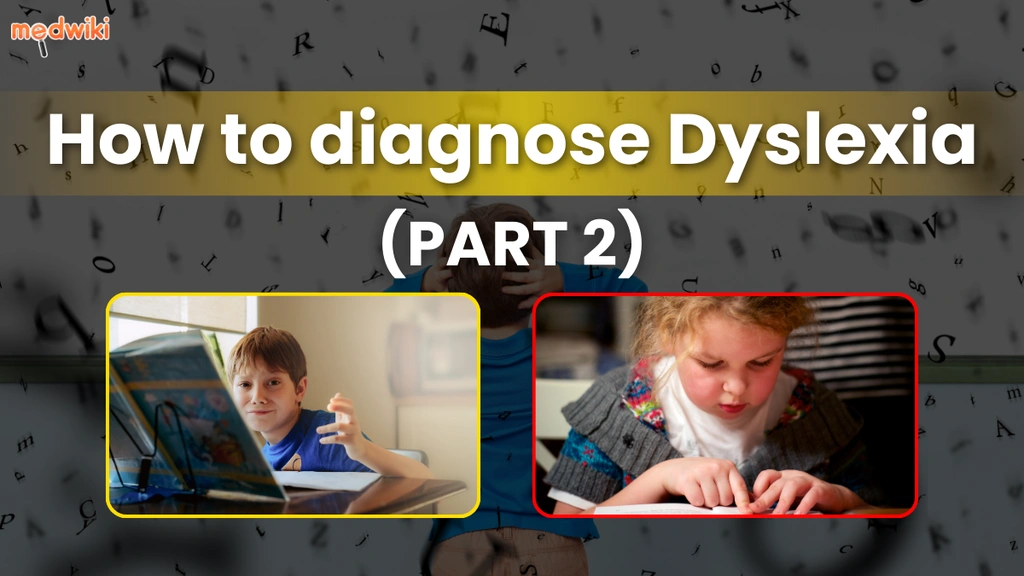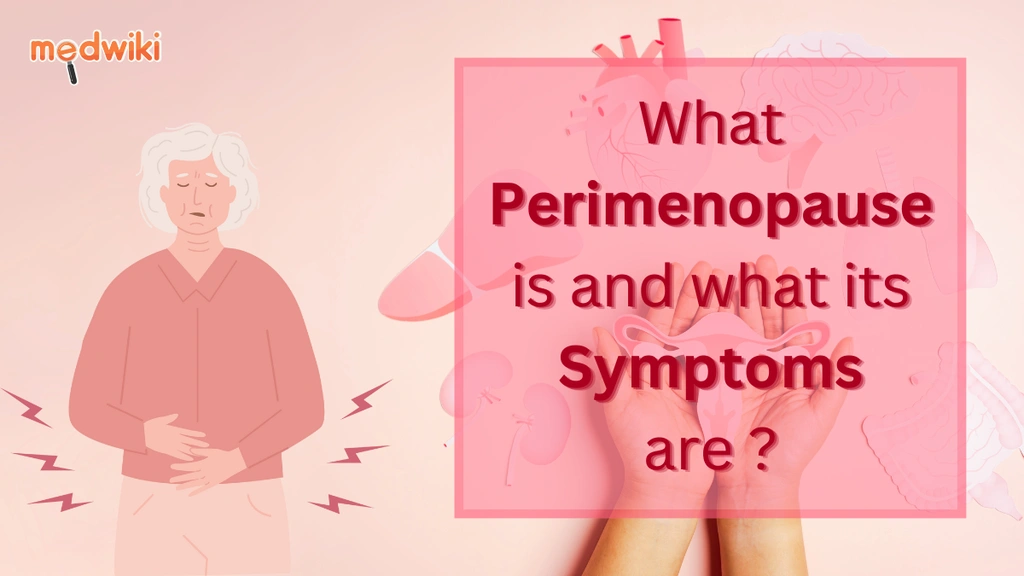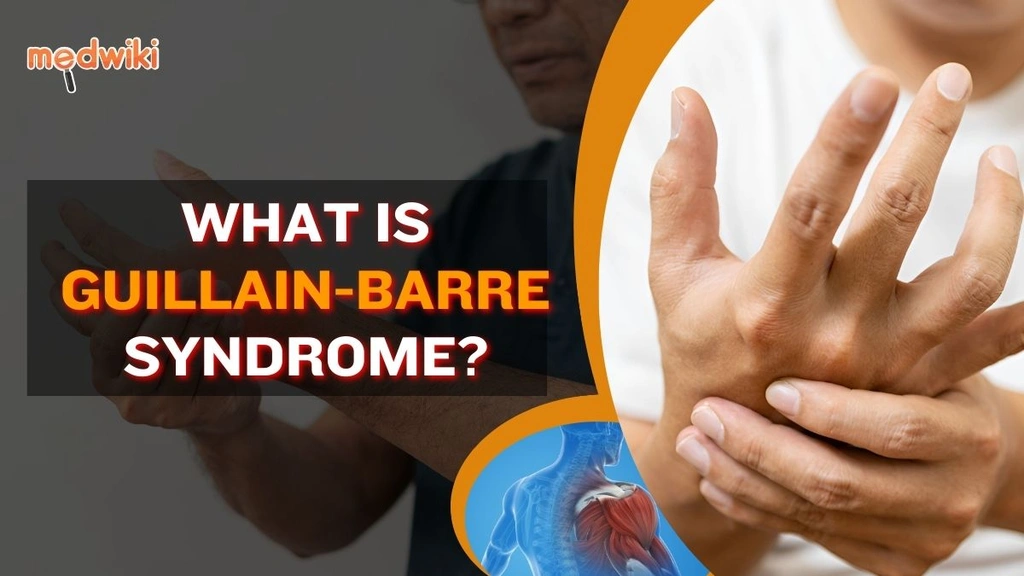andol
Introduction to Andol
Andol is a widely recognized medication primarily used in the management of certain psychiatric disorders. The active ingredient in Andol is Haloperidol, which belongs to a class of drugs known as antipsychotics. This medication is effective in treating symptoms of mental health conditions such as schizophrenia and acute psychosis. Andol is available in various forms, including tablets, injections, and syrup, providing flexibility in administration based on the patient's needs and healthcare provider's recommendations.
Composition of Andol
The primary active ingredient in Andol is Haloperidol, present in a 1.5mg dosage in tablet form. Haloperidol functions by modulating the effects of neurotransmitters in the brain, particularly dopamine. This modulation helps in stabilizing mood and reducing symptoms such as hallucinations, delusions, and agitation. The effectiveness of Andol in treating psychiatric disorders is attributed to its ability to restore the balance of natural substances in the brain.
Uses for Andol
Andol is prescribed for various conditions, including:
- Treatment of schizophrenia and schizoaffective disorders
- Management of acute psychosis
- Control of severe behavioral problems in children
- Management of Tourette syndrome
- Alleviation of severe agitation in patients with dementia
Side Effects of Andol
While Andol is effective, it may cause some side effects, including:
- Drowsiness or dizziness
- Dry mouth or increased saliva production
- Constipation
- Blurred vision
- Weight gain
- Restlessness or tremors
- Muscle stiffness
- Changes in menstrual periods
- Difficulty urinating
Precautions of Andol
Before taking Andol, it is important to consider the following precautions:
- Inform your healthcare provider about any allergies to Haloperidol or other medications.
- Discuss your medical history, especially if you have conditions like Parkinson's disease, heart problems, or seizures.
- Avoid alcohol as it can exacerbate side effects.
- Use caution when driving or operating machinery until you know how Andol affects you.
- Pregnant or breastfeeding women should consult their doctor before using Andol.
Conclusion
Andol is a versatile medication that plays a vital role in managing psychiatric conditions. With Haloperidol as its active ingredient, it offers relief from symptoms of schizophrenia, acute psychosis, and other related disorders. Available in tablets, injections, and syrup, Andol provides various administration options to suit individual patient needs. While effective, it is essential to be aware of potential side effects and take necessary precautions. Always consult with a healthcare provider for personalized advice and treatment plans.
Similar Medicines
Available in 4 variations

Andol 50mg Syrup
Andol 50mg Syrup
bottle of 15 ml Syrup

Andol 1.5mg Tablet
Andol 1.5mg Tablet
strip of 10 tablets

Andol 5mg Tablet
Andol 5mg Tablet
strip of 10 tablets

Andol 10mg Tablet
Andol 10mg Tablet
strip of 10 tablets
Related Faqs

Does Halidol cause respiratory depression/ hallucination?
Halidol also known as haloperidol is a medication that has the potential to induce dyspnea a difficulty in breathing among patients In addition to this adverse effect it can also lead to various behavioral abnormalities However it is important to note that Halidol is not generally associated with the occurrence of respiratory depression or hallucinations in individuals who take it Dyspnea as a side effect of Halidol may manifest as a sensation of breathlessness or labored breathing It is crucial for medical professionals to monitor patients closely for any signs or symptoms of this condition as it could potentially be an indication of a severe allergic reaction or other serious underlying health issues Prompt medical attention should be sought if dyspnea occurs while taking this medication While Halidol can cause behavioral abnormalities such as agitation restlessness or confusion it is not typically linked to respiratory depression Respiratory depression refers to a decrease in the rate or depth of breathing which can lead to inadequate oxygenation of the blood Similarly hallucinations which involve perceiving things that are not actually present are not commonly associated with the use of Halidol As with any medication it is essential to consult with a healthcare professional about the potential risks and benefits of Halidol before starting or modifying its use This will help ensure that the treatment plan is tailored to the specific needs and medical history of the individual patient

Is Andol used for nausea?
No Andol is not typically used as a medication for treating nausea Andol also known as acetaminophen or paracetamol is commonly used to relieve pain and reduce fever It is an overthecounter medication that is widely available in various forms such as tablets capsules and liquid When it comes to nausea there are specific medications that are more commonly prescribed or recommended Antiemetics such as ondansetron or promethazine are often used to alleviate or prevent nausea and vomiting These medications work by blocking certain receptors in the brain that trigger the sensation of nausea Nausea can be caused by various factors including motion sickness pregnancy chemotherapy or infections It can be a very uncomfortable sensation and may be accompanied by other symptoms such as dizziness or sweating It is always advisable to consult with a healthcare professional if you are experiencing persistent or severe nausea to determine the underlying cause and receive appropriate treatment While Andol may not directly target nausea it is still an effective medication for managing pain and fever It is important to follow the recommended dosage and guidelines when taking any medication to ensure safety and effectiveness If you are unsure about which medication to take for your symptoms it is best to seek advice from a healthcare provider

Is Andol a controlled drug or narcotic or addictive?
No Andol is not categorized as a controlled substance narcotic or addictive drug Andol is a medication that is commonly used for pain relief and reducing fever It contains an active ingredient called acetaminophen which is a widely available overthecounter analgesic and antipyretic drug Acetaminophen works by inhibiting the production of certain chemicals in the body that cause pain and fever It is widely considered to be safe for use when taken as directed Andol is commonly used to alleviate mild to moderate pain such as headaches toothaches muscle aches and menstrual cramps It is also commonly used to reduce fever in both adults and children However it is important to note that while Andol can provide temporary relief it does not address the underlying cause of the pain or fever If symptoms persist or worsen it is advisable to consult a healthcare professional for a proper diagnosis and appropriate treatment As with any medication it is crucial to follow the recommended dosage instructions and not exceed the maximum daily dose Taking excessive amounts of Andol or using it for a prolonged period of time can potentially lead to liver damage Individuals with preexisting liver conditions should consult their healthcare provider before taking Andol or any other medication containing acetaminophen

Does Mindol cause respiratory depression/ hallucination?
Mindol is known to potentially induce dyspnea and other behavioral abnormalities in patients However it does not have any established association with respiratory depression or hallucinations Although the exact mechanisms of these effects are still not fully understood it is important to monitor patients closely for any signs of dyspnea or behavioral changes while receiving Mindol treatment If any such symptoms occur healthcare providers should be notified immediately for further evaluation and appropriate management Despite the potential risk of dyspnea and behavioral abnormalities it is worth noting that Mindol can still be a beneficial medication for many patients when used appropriately

Is Opedol a benzo or a neuroleptic or MAOI?
No Opedol is not classified as a benzodiazepine a monoamine oxidase inhibitor MAOI or a neuroleptic Instead it falls under the category of antipsychotic medications Its mechanism of action involves the blocking of dopamine receptors in the brain thereby reducing the excessive dopamine activity that occurs By modulating this neurotransmitter Opedol aims to alleviate symptoms associated with psychotic disorders such as schizophrenia Unlike benzodiazepines which act primarily on the gammaaminobutyric acid GABA system Opedol targets the dopaminergic system Similarly it differs from monoamine oxidase inhibitors which primarily affect the breakdown of neurotransmitters like dopamine serotonin and norepinephrine Furthermore Opedol is not classified as a neuroleptic which is a term used to describe a broader category of antipsychotic medications Instead it is specifically categorized as an antipsychotic due to its selective action on dopamine receptors in the brain By clarifying these distinctions we can better understand the unique role of Opedol in the treatment of various psychiatric conditions

Is Estidol a sedative/ make you sleepy?
Estidol a medication known for its sedative properties has the potential to induce sedation in individuals who take it This sedative effect is a common side effect of Estidol and can be beneficial in certain medical situations such as when immediate relaxation and calmness are necessary However it is important to note that the degree of sedation experienced may vary from person to person depending on factors such as dosage overall health and individual sensitivity to the drug Although sedation can be helpful in specific circumstances there are potential drawbacks to consider Excessive sedation caused by Estidol can impair an individuals ability to perform daily activities operate machinery or drive a vehicle safely Therefore it is strongly advised that individuals taking Estidol refrain from engaging in such activities until they have a clear understanding of how the medication affects them personally Additionally it is crucial to follow the prescribed dosage and usage instructions provided by a healthcare professional Taking Estidol in larger amounts or for longer durations than recommended can lead to an intensified sedative effect or other adverse reactions It is essential to communicate any concerns or unexpected side effects to a healthcare provider to ensure appropriate adjustments to the treatment plan In summary while Estidol can cause sedation as a common side effect it is important for individuals to be aware of the potential risks and benefits associated with its use Proper communication with a healthcare provider adherence to dosage instructions and caution when performing activities that require alertness are essential to ensure the safe and effective use of Estidol
Related Posts

1:15
What are the Types of Hallucinations?

1:15
Symptoms of Emotional Hangover!| How to Fix Emotional Hangover?

1:15
Dyslexia Symptoms & Diagnosis – Know the Signs!

1:15
Dyslexia: What is it, how does it occur and how dangerous is it!

1:15
How to Take Control of Perimenopause: Home Remedies You Need to Know!

1:15
How Does Guillain-Barre Syndrome Start? Symptoms, Causes, and Treatment!

1:15
How to Get Glowing Skin Naturally | Easy Skincare Tips!
Disclaimer : This information is not a substitute for medical advice. Consult your healthcare provider before making any changes to your treatment . Do not ignore or delay professional medical advice based on anything you have seen or read on Medwiki.
andol
Prescription Required
Manufacturer :
D D PharmaceuticalsComposition :
haloperidol

















.svg)
